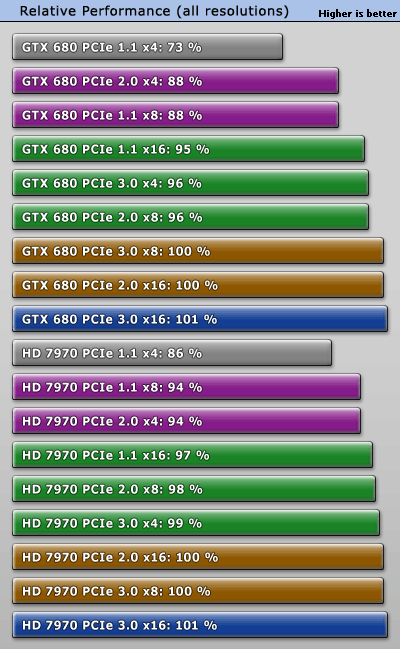Already looking at this page:
http://www.tomshardware.com/reviews/pcie-geforce-gtx-480-x16-x8-x4,2696-3.html
Now to be direct.
What is the difference? Is it the amount of 'bandwidth' available to each card? Unless I'm told otherwise, I'm going to presume it is and ask this:
Using multiple monitors (two, sometimes a third when using HDMI to the TV), is there a huge/noticeable difference when using two cards at x8?
I'm looking to upgrade my current system.
http://www.tomshardware.com/forum/353512-31-some-advice-opinions
http://www.tomshardware.com/reviews/pcie-geforce-gtx-480-x16-x8-x4,2696-3.html
Now to be direct.
What is the difference? Is it the amount of 'bandwidth' available to each card? Unless I'm told otherwise, I'm going to presume it is and ask this:
Using multiple monitors (two, sometimes a third when using HDMI to the TV), is there a huge/noticeable difference when using two cards at x8?
I'm looking to upgrade my current system.
http://www.tomshardware.com/forum/353512-31-some-advice-opinions




